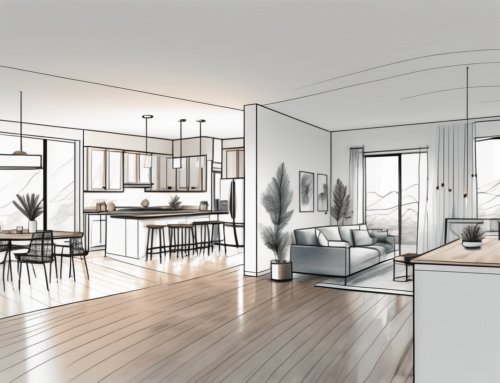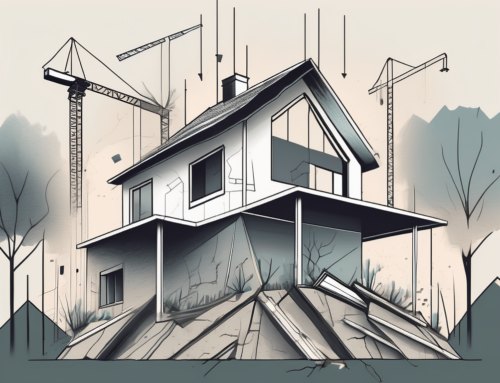Guide to Renovating Your Bathroom
Understanding that a bathroom remodel will cost money and time is important. According to HomeAdvisor, the price ranges from a few thousand dollars to renovate an existing bathroom to six figures to gut-renovate a master bath. The investment is worth it if you are smart about your spending.
It’s important to pick upgrades that fit your lifestyle and habits. A tub is a must if you want to bathe daily. A wall niche is a good option if you don’t have a place to store shampoo. Two sinks are a must as teeth brushing shouldn’t be an elbow battle. Our interior design team says that they ask lots of questions about your daily routine and storage requirements and then put emphasis on function. Happiness is the ultimate goal. According to the National Association of Realtors’ 2019 remodeling report, 70% of homeowners “have a greater desire for being home” after a bathroom remodel. So read on to learn the secrets.
Ask questions before you start
Before you start mood-boarding or fall in love with a bathroom design that you like, ask yourself some boring questions. They can have a significant impact on your bathroom. These are the things that any designer worth their time would ask clients to review before they start. Talk to your designer and get ready for your answers. Then, start collecting inspiration photos.
What is your daily routine? It will determine the layout.
What is your budget? It’s better to plan now than regret it later.
How much storage are you able to store? It’s easy to add storage now, but it can be difficult to add storage later.
What number of people will use the room? Decide whether you want to have mirrors and double sinks in the bathroom or one. What are you unhappy about in your current space? It’s important that the space you are currently using is not duplicated in the new one.
Understanding the basics of the Shower or Tub
If you have the space, a freestanding tub is a great option for increasing resale values in a child-friendly area. If your space doesn’t allow for a large walk-in bath and a tub (or you don’t have children to bathe), then a combo shower/tub is the best option. Jacuzzi-style bathtubs were popular in McMansion times, but showers are becoming more common in master bathrooms. While a soaking tub might be available at the higher end, the main priority is the walk-in bathtub.
Let’s now focus on the showers. Even though it may seem small, the right enclosure will make all the difference in your shower/tub combination. These are the key players.

Curtains: Curtains are better for combos of shower and tub. A soft, flexible curtain is easier than a glass door to allow children to bathe. You can easily swap it out if you change your style.
Glass doors: They can make a shower seem larger and add warmth to the shower with finishes such as metal grids, pretty hardware, or a framing detail at the entrance.
No Doors: A shower enclosure that does not have doors is the most liberating. You won’t need to worry about splashing if you choose waterproof surfaces and a central drain.
Last but not least, make sure that your shower is equipped with the correct fixtures. There are many gadgets you can add to your bathroom that will allow it to be upgraded without having to renovate. These two are our favorites.































